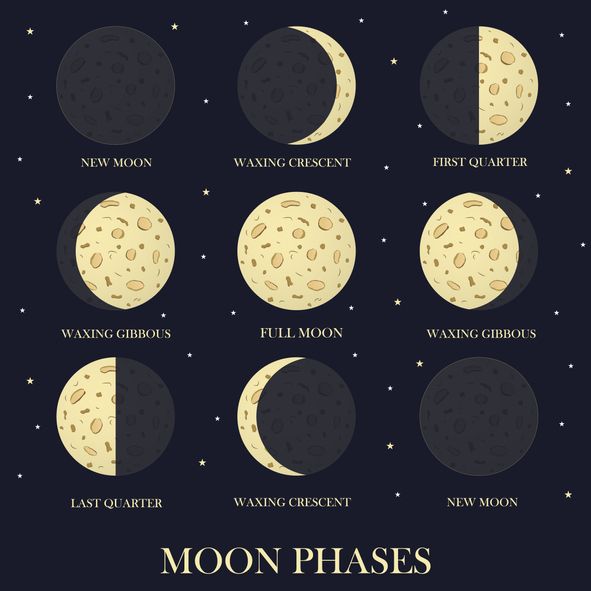

But if that's the case, why do eclipses happen at all? The reason is that the Moon's orbit around the Earth is tilted relative to the Earth's orbit around the Sun. So why don't eclipses happen twice a month? Credit: NASA/Bill IngallsĪ lunar eclipse occurs when the Moon passes through the Earth's shadow, just as a solar eclipse occurs when part of the Earth passes through the Moon's shadow.
#Lunar phase full
From there, an observer during an eclipse would see all Earth's sunrises and sunsets at once.Ī composite of seven images shows the full Moon at perigee, or supermoon, during a total lunar eclipse on Sunday, Sept. This is because the only remaining sunlight reaching the Moon at that point is from around the edges of the Earth, as seen from the Moon's surface.

What is a Lunar Eclipse?ĭuring a lunar eclipse, Earth comes between the Sun and the Moon, blocking the sunlight falling on the Moon. The cycle repeats once a month (every 29.5 days). These eight phases are, in order, new Moon, waxing crescent, first quarter, waxing gibbous, full Moon, waning gibbous, third quarter and waning crescent. The rest of the month we see parts of the daytime side of the Moon, or phases. When sunlight reflects off the near side, we call it a full Moon. When sunlight hits off the Moon's far side - the side we can't see without from Earth the aid of a spacecraft - it is called a new Moon.


 0 kommentar(er)
0 kommentar(er)
